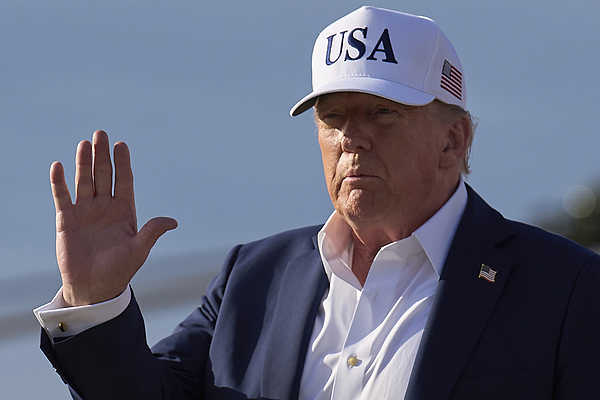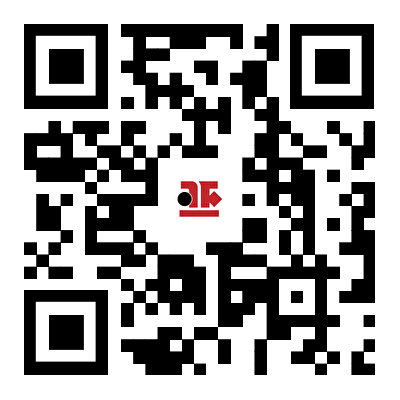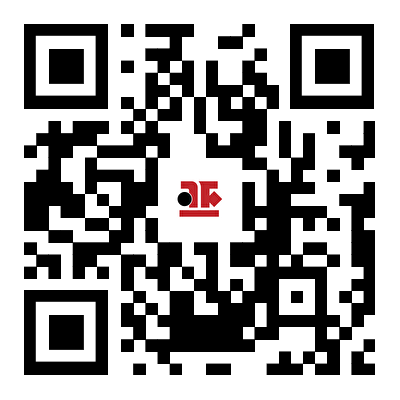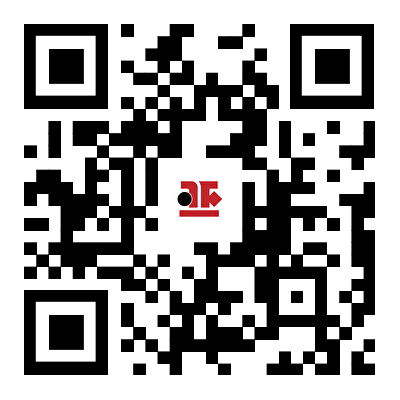
Credit: CFP
AsianFin -- Global trade negotiations entered a frenzied final stretch over the weekend as the Biden administration signaled some flexibility on looming U.S. tariff hikes, while President Donald Trump reaffirmed that letters setting new duties would start going out Monday.
Treasury Secretary Scott Bessent said Sunday that countries still without agreements may be granted a three-week extension beyond the July 9 deadline to finalize deals. “We’re going to be very busy over the next 72 hours,” Bessent told CNN’s State of the Union, as talks intensified with key U.S. trading partners.
Trump, in a late-night social media post, confirmed that tariff notifications would begin at noon Washington time on Monday. The president has said between 12 and 15 countries would be notified, though he indicated that some deals may still be finalized ahead of the deadline. “I think we’ll have most countries done by July 9 — either a letter or a deal,” he said earlier.
While the administration’s reciprocal tariff framework envisions rates reverting to the elevated levels imposed on April 2 for noncompliant countries, Bessent and Commerce Secretary Howard Lutnick stressed there remains room for negotiation. “Tariffs go into effect Aug. 1, but the president is setting the rates and the deals right now,” Lutnick said alongside Trump on Sunday before boarding Air Force One.
The U.S. had previously frozen most reciprocal tariffs at 10% for a 90-day window ending July 9, in an effort to give trading partners time to negotiate. That freeze expires this week, and talks are still underway with nations including Japan, South Korea, the European Union, India and Vietnam.
Bessent confirmed that the administration is focused on 18 priority trading partners and said multiple major deals are nearing completion. Still, he acknowledged growing bottlenecks. “There’s a lot of congestion going into the home stretch,” he said on Fox News Sunday. “Telling our trading partners they could boomerang back to the April 2 rate — I think that’s going to move things along.”
Trump’s strategy of sending tariff warning letters has raised questions over whether the move is procedural or designed to increase pressure. “If you want to speed things up, have at it,” Bessent said. “If you want to go back to the old rate, that’s your choice.”
So far, Washington has announced only a handful of partial outcomes, including a temporary truce with China, a framework with the U.K., and what Trump described as a “deal in principle” with Vietnam. Hanoi, however, has yet to confirm the details. Meanwhile, India’s government has pushed back against the U.S. tariff posture, threatening retaliatory duties on autos and components.
South Korea is also lobbying for an extension, particularly to avoid steep tariffs on car exports. Cambodia, facing one of the highest proposed tariff rates at 49%, said Friday it had reached a framework deal with the U.S., with details to follow.
In the past few days, Indonesia has expressed optimism that it’s close to concluding a sweeping trade pact that will include minerals, energy and defense cooperation. Thailand has offered expanded market access for U.S. agricultural and industrial goods, along with increased purchases of American energy and aircraft, in a bid to dodge a threatened 36% tariff.
Japanese Prime Minister Shigeru Ishiba said Sunday that Japan is prepared for all possible outcomes. “We’ll stand firm to protect national interests and prepare for every scenario,” he said on Fuji TV.
Trump’s tariff maneuvering comes on the heels of a major legislative win and record-high U.S. stock market levels, raising investor concerns over whether new trade barriers could once again disrupt global supply chains and stoke inflation. The April 2 tariff rollout sent equities tumbling and sparked recession fears, forcing the White House to announce a temporary freeze.
This time, the White House insists the August 1 implementation date remains firm — though extensions may be selectively granted. EU negotiators, briefed Friday on talks in Washington, said a technical deal is “close” but not finalized.
Trump’s tactic of mixing deadline pressure with selective exemptions mirrors his past negotiation style. Whether this approach yields a new wave of trade accords — or triggers a global tariff escalation — will come into focus over the next 72 hours.







